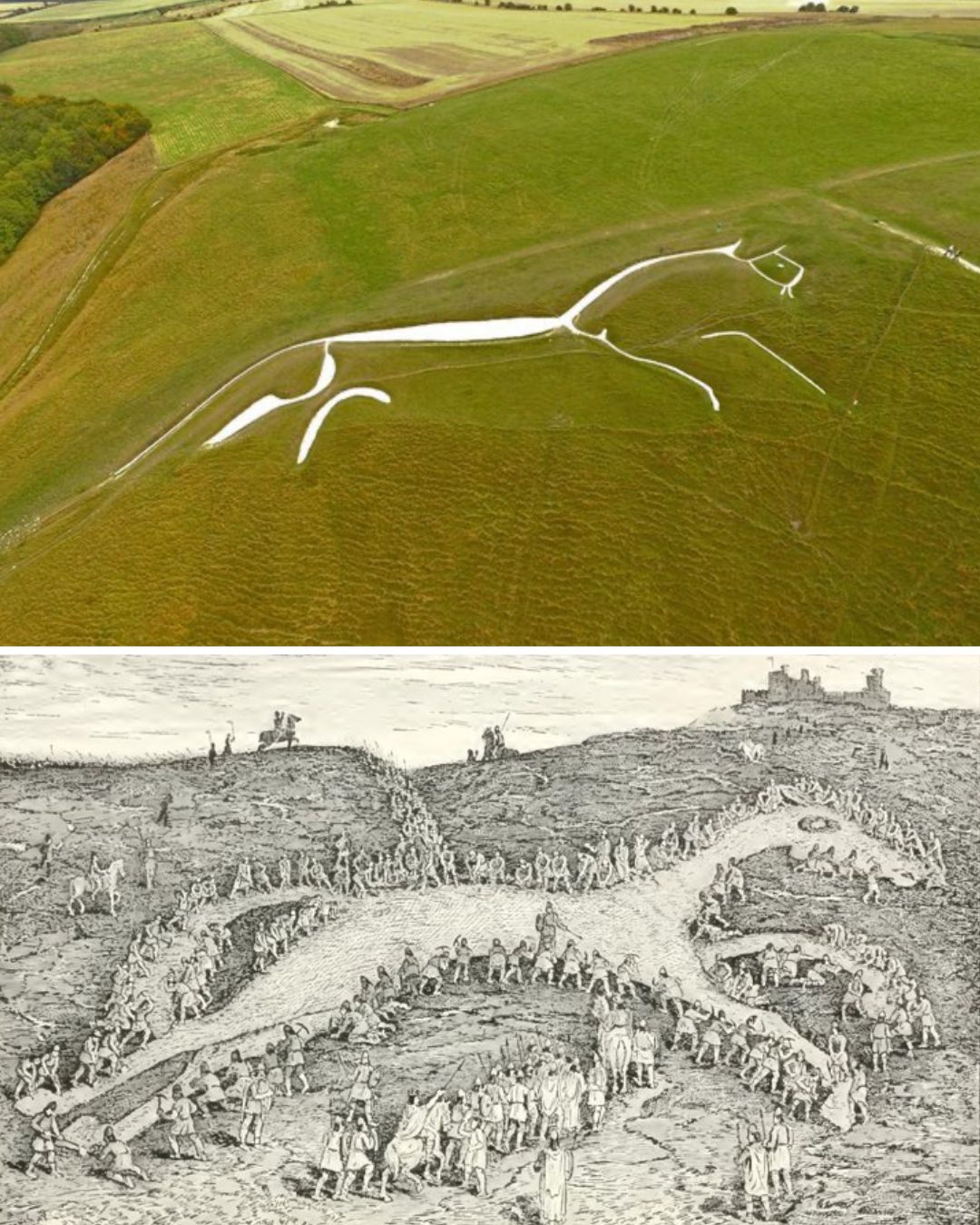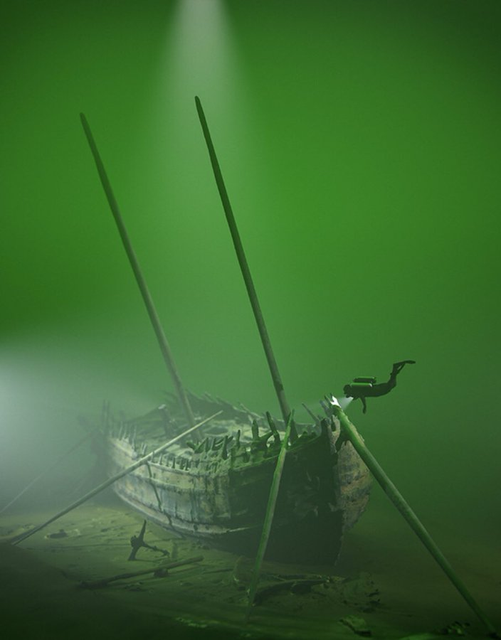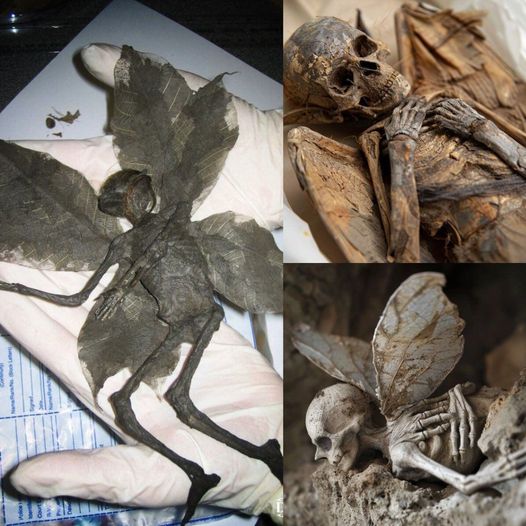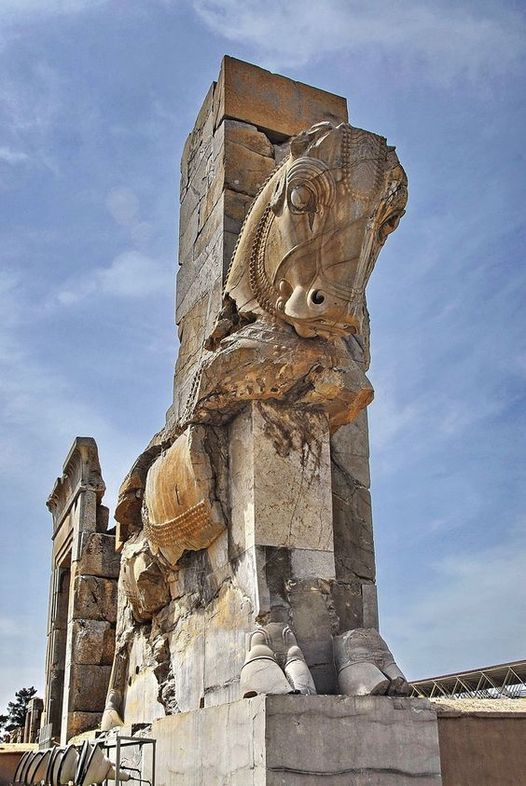In 2018, a significant archaeological discovery was made in Kalkriese, Germany: a lorica segmentata, the iconic Roman military armor, buried in the soil where the infamous Battle of the Teutoburg Forest took place in 9 CE. This particular find has reignited interest in one of Rome's most catastrophic military defeats, where an estimated 16,000 to 20,000 Roman soldiers met their demise at the hands of Germanic tribes.
The photograph showcased alongside this article reveals the preserved state of the armor, displayed at the top, and an artist's interpretation of how it would have appeared on a Roman legionary, shown at the bottom. The juxtaposition of the corroded iron plates against the reconstructed, gleaming armor brings to life the reality of the Roman legions – a force that, at one time, seemed invincible.

The lorica segmentata, with its overlapping iron strips, was a design ahead of its time, affording Roman soldiers both protection and flexibility. The discovery of this armor in Kalkriese is a poignant reminder of the legionaries who once donned it—men who marched into the dense Germanic forests and into the annals of history.
The Battle of the Teutoburg Forest marked a turning point in Roman history. The calamity that befell the three legions under the command of Publius Quinctilius Varus not only halted Roman expansion into what is now Germany but also exposed the vulnerability of a seemingly indomitable empire. The aftermath was brutal: survivors were either sacrificed to the gods or enslaved, leaving a scar on the psyche of the Roman people and the Emperor Augustus, who is said to have lamented, "Quinctilius Varus, give me back my legions!"
Today, the lorica segmentata unearthed from the battleground tells a story that extends beyond military tactics and armament. It speaks of the high price of imperial ambition and the valor of soldiers. For historians and archaeologists, such finds are invaluable as they offer insights into the materials, craftsmanship, and the harsh realities of warfare in ancient times.
This armor now resides as a symbol of a bygone era, its steel plates bearing silent testimony to the fog of war and the clash of civilizations. The image of the restored armor, worn by a figure resembling a Roman legionary, serves as a bridge connecting us to the faces and stories of those who fell in that fateful conflict.
The legacy of the lorica segmentata and the soldiers who wore it continues to be studied and remembered. Their tale is one of courage, tragedy, and the enduring fascination with the ancient world's complexity. As it stands on display, it invites us to ponder the lessons of history and the echoes of the past that shape our present.






